SafetyWallet is a national company in South Africa that provides a range of health and safety services that can benefit your business.
Blog and Articles
SafetyWallet's Blog and Articles about Health and Safety compliance and other related topics.
Why Choose SafetyWallet for Your Health and Safety Needs
As a responsible business owner, ensuring the safety and well-being of your employees should be your top priority. Choose SafetyWallet for your Health and Safety needs.
How SafetyWallet Can Save You Time and Money on Health and Safety Compliance
As a business owner, it's important to ensure that your workplace is safe for your employees. SafetyWallet can save you money and time on health and safety compliance.
Health and Safety Management Made Easy with SafetyWallet
Health and safety management made easy with SafetyWallet as safety is a critical aspect of any workplace, and employers have a legal obligation to ensure the safety.
How SafetyWallet Can Help You Achieve Health and Safety Compliance
Maintaining health and safety compliance in the workplace is essential for any business.
The Importance of Health and Safety Support for Your Business
SafetyWallet is a subscription-based service that offers health and safety support for your business.
How to get to your SafetyWallet Rewards
You immediately qualify for the specific reward discounts as per the specific SafetyWallet subscriber circle you join.
What is SafetyWallet Subscription?
SafetyWallet is a Health and Safety subscription-based service that encourages and rewards employers for being compliant to all OHS Legislation
















.png)